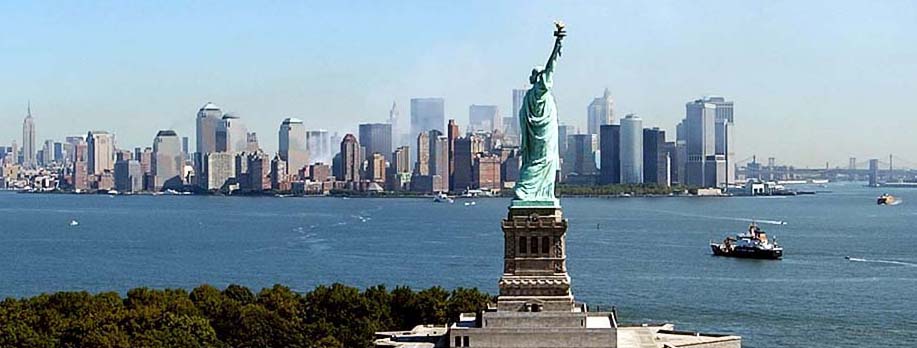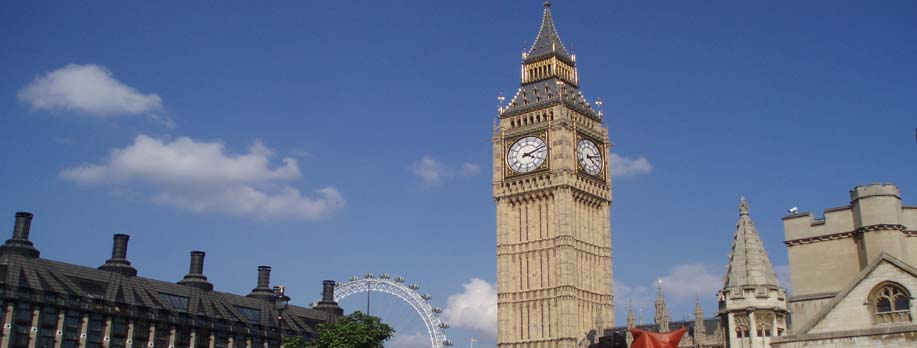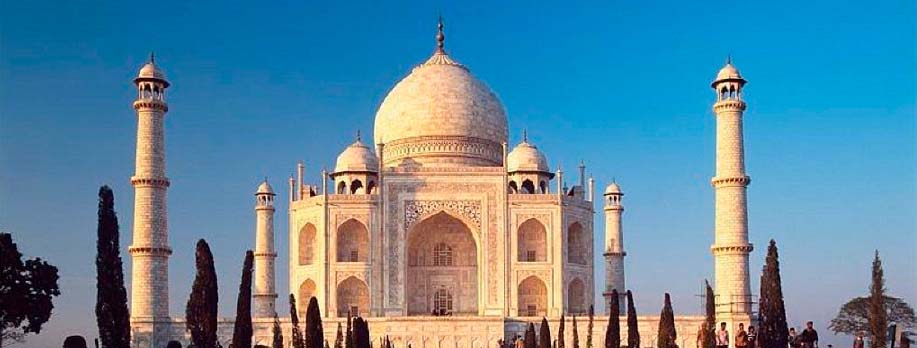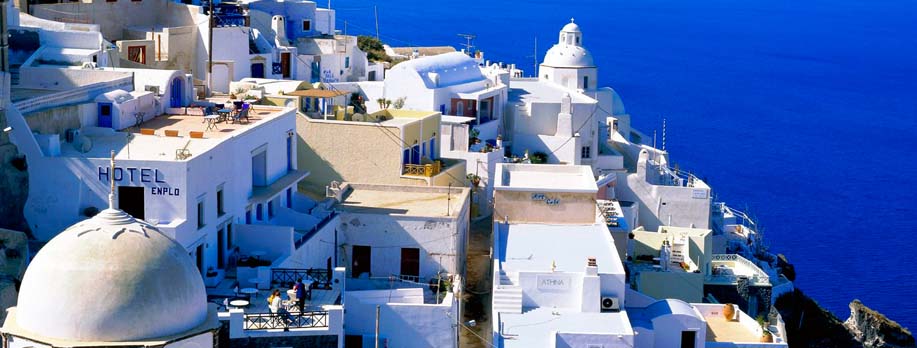| General Information Of Patna | |
|
 |
| Introduction to city Patna - In Bihar |
|
It is difficult to believe that this dusty and crowded city could at any point of time have ruled the entire Indian subcontinent. This is, however, the truth and there are many interesting monuments here that remind you of the rich past of the city. The capital of Bihar, Patna is situated on the southern bank of the holy river Ganges. It is a typical tropical city in the northern Gangetic plains known for being the capital of mighty Magadh and Mauryan empires. The history of the city can be traced back to 2,500 years when it was founded on the confluence of rivers Ganga, Sone, Punpun, and Gandak by the Magadhan king Ajatshatru who named it Pataligram. In the days to come, the city got names such as Kusumpur, Pataliputra, and finally Patna. The glory of Patna started with Mauryan emperor Chandragupta who made Pataliputra his capital from where he ruled on entire Gangetic plains extending to modern Afghanistan in the west. The city reached it zenith during the reign of Emperor Ashoka, a follower of Buddhism and the first of the great kings of India. The city remained as the centre of power till the Gupta period after which it continued to languish for a long period. Revival came with Sher Shah’s accession to the seat of Delhi and the city became the capital of Bengal province. In the initial days of East India Company, Patna served as the warehouse for hugely profitable opium business with China. Not much of the earlier glory can be seen but the recent excavations at Kumhrar has unearthed some interesting structures. Patna also serves as the main gateway to the renowned Buddhist sites such as Bodh Gaya, Nalanda, Rajgir, and Vaishali. |
| Sightseeing : Places to visit in destination - Patna |
| Shershah Masjid was built when Sher Shah Suri, an Afghan chieftain, became the ruler of Delhi. It is a beautiful Masjid built in pure Afghani style. Kumhrar is the place where excavations have unearthed some parts of the Mauryan city of Pataliputra. Har Mandir Temple is the second most important pilgrimage for the Sikhs after the Golden Temple of Amritsar. Golghar, built originally as a granary by the British, is now one of the most popular tourist spots in the city. The Jalan Museum has some very good collection of silver and jade filigree work of the Mughal period. The Bihar Institute of Handicraft and Design is doing some pioneering work to revive old crafts of the state. |
| Excursions : Places nearby city - Patna |
| Part of the famous Buddhist centre of East India, Patna is the base for many important places around. Bodhgaya is the most important Buddhist pilgrimage in the world where Lord Buddha attained enlightenment. Gaya is a famous Hindu pilgrimage and related to many legends in Hindu religious literature. Nalanda has the distinction of being the place which at one point of time was home to the largest university in the world. Vaishali is a place of historical as well as religious importance to the Buddhists as well as Jains. Sasaram was the home of Sher Shah. Related to all the three ancient religions of India, Hinduism, Buddhism, and Jainism, Rajgir can be considered as the little Jerusalem of India. Sonpur, situated on the confluence of Ganga and Gandak, hosts the largest cattle fair in Asia. |
Patna City Travel Guide |
Sight Seeing of Patna |
Excursion in Patna
Patna Hotels










